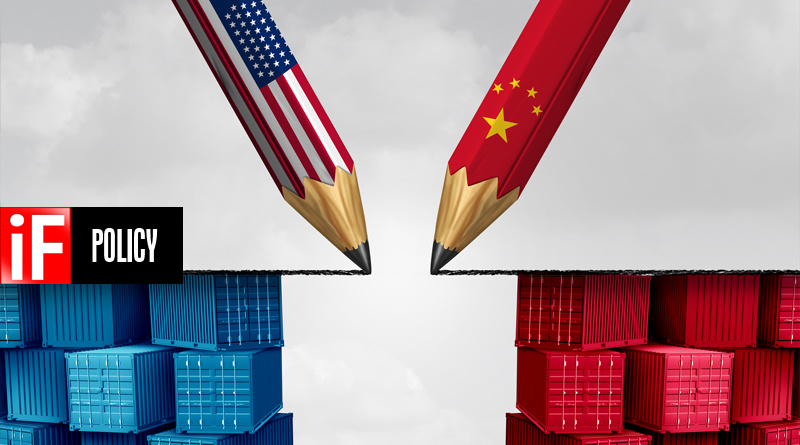January 9, 2020
by: Charles Foster
Share this Article
As promised, at 9:25 a.m. Central Standard Time on December 13, 2019 President Trump tweeted as follows: “We have agreed to a very large Phase One Deal with China. They have agreed to many structural changes, and massive purchases of Agricultural Product, Energy, and Manufacturing Goods, plus much more.” Beijing also announced at the same time, that both countries had reached an agreement. Rather than try to summarize a summary of the Trade Deal set forth in the December 13, 2019 Fact Sheet on the Agreement Between the United States of America and The People’s Republic of China, it is set forth in its entirety at the end of this article
But, as it’s often said, the devil’s in the detail. Although a summary is useful, we will have to wait until the final text is finalized and released after signing to fully-understand the extent of the breadth and forcibility of the 86 page Agreement. President Trump is scheduled to sign the Agreement in Washington on January 15, 2020 along with Vice Premier Liu He, who has represented China for nearly two years in the trade negotiations
Nevertheless, the announcement was met with worldwide relief from all sectors that both countries had stepped back from a cliff for if the tit-for-tat tariffs had continued, it would have not only further damaged the world’s two largest economies, but the worldwide economy and prospect for economic growth in 2020, as well.
One must view this announcement, while imperfect, nonetheless as progress and a significant step in the right direction. While the Chinese concessions may fall short, the U.S. did not give up any significant leverage, and will still be in a position to either respond to meaningful progress by China, or the lack thereof.
Charles Foster is vice chairman of the Bush China Foundation Board of Directors. The views and opinions expressed in this article are those of the author and do not necessarily reflect the official position of the George H. W. Bush Foundation for U.S.-China Relations.

